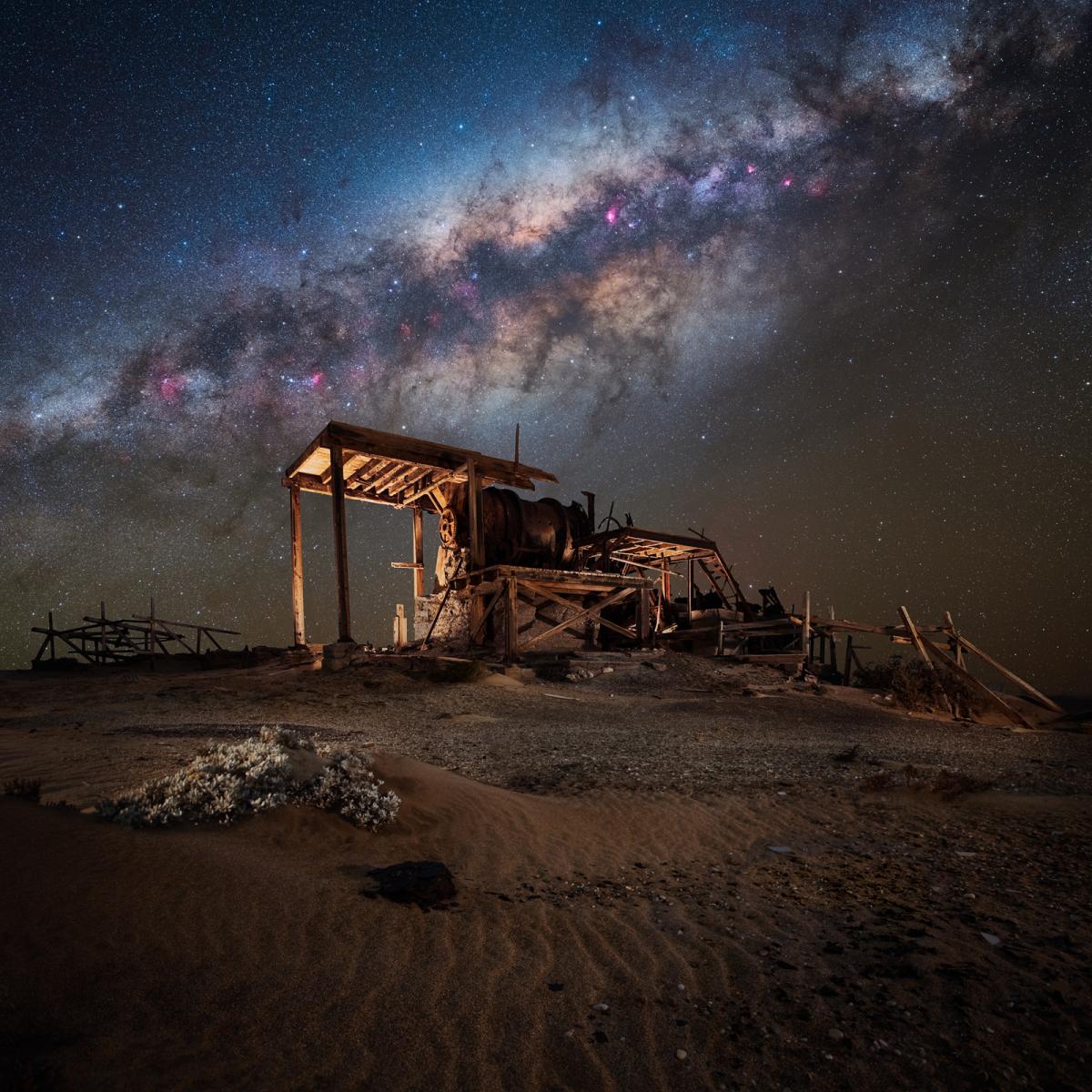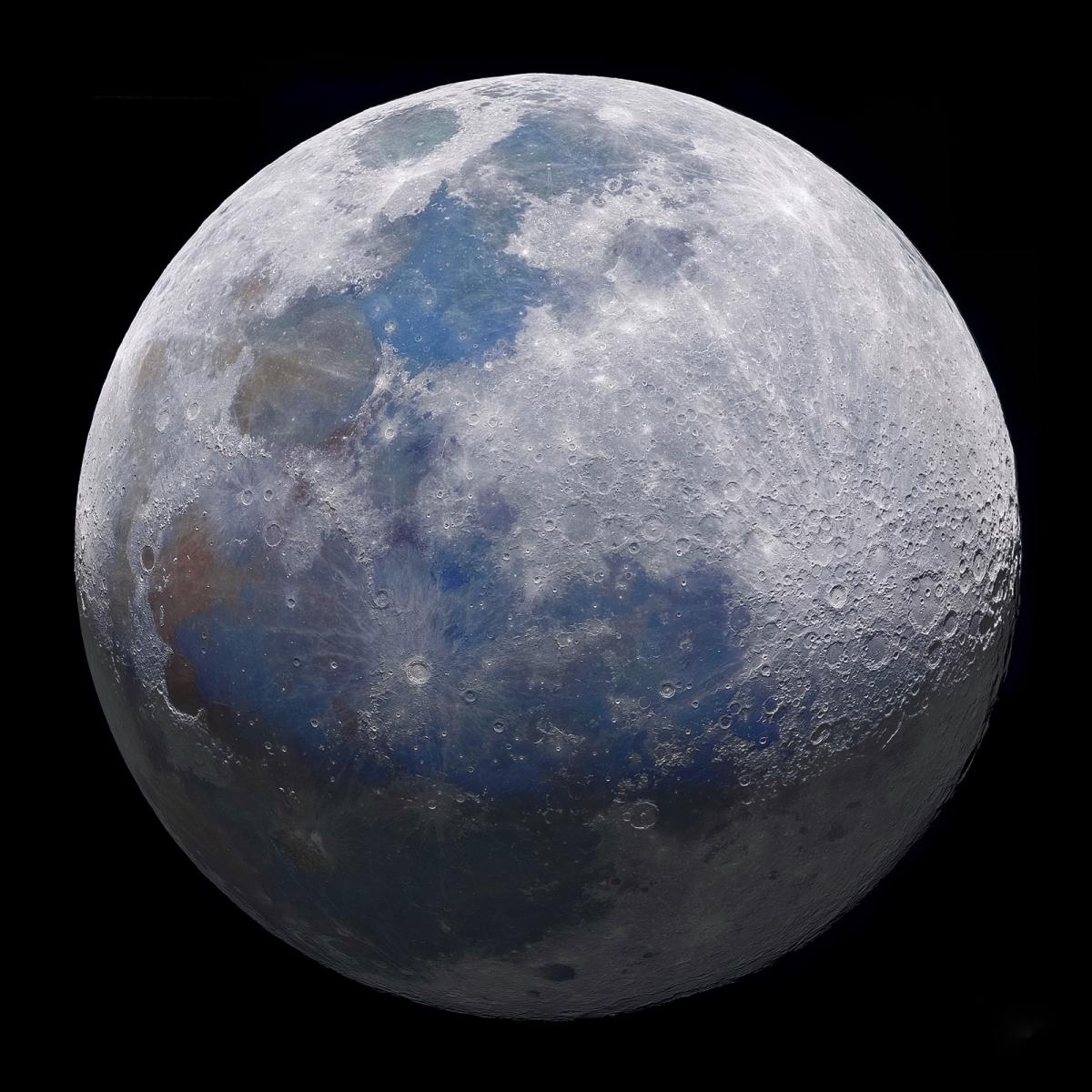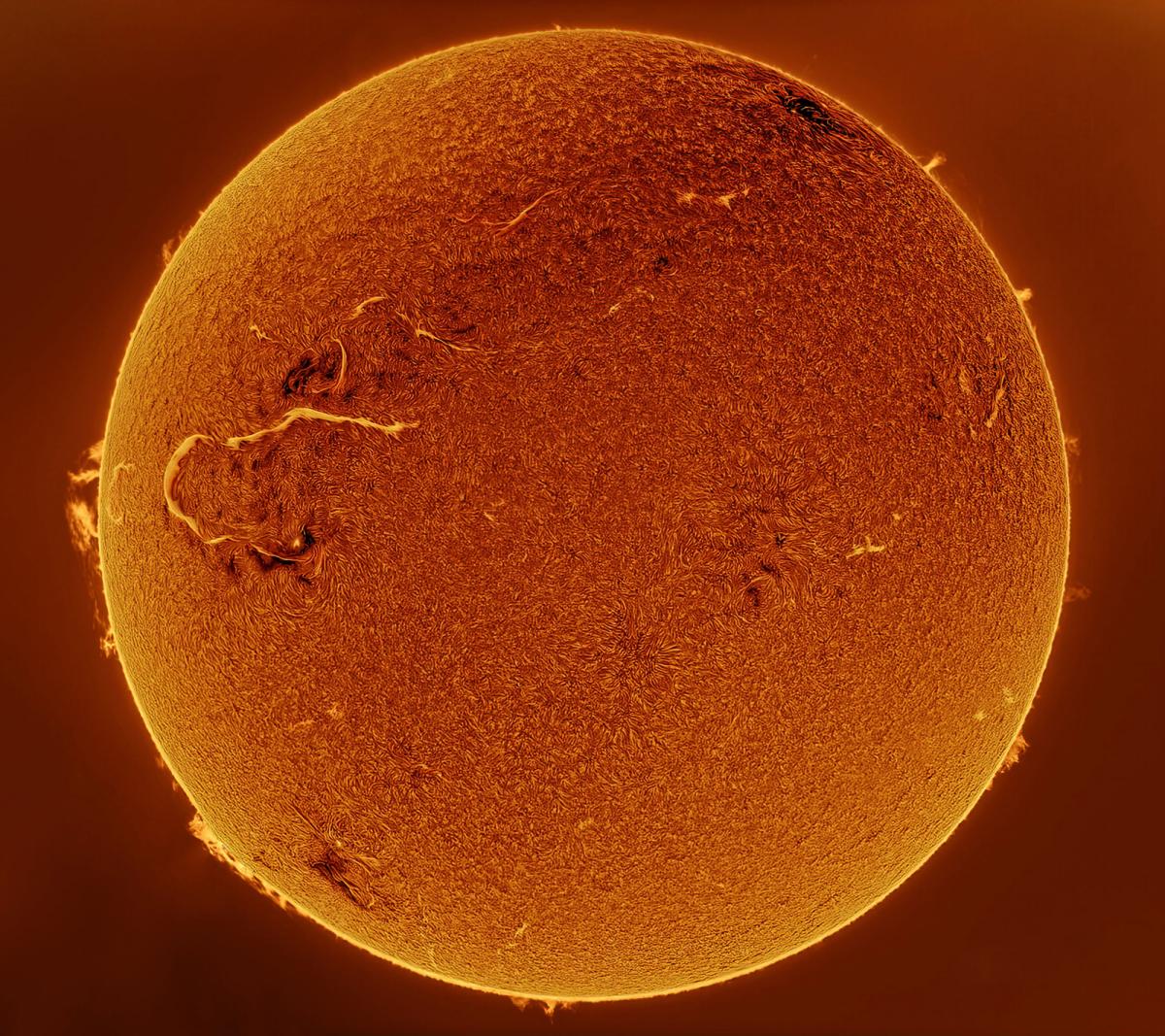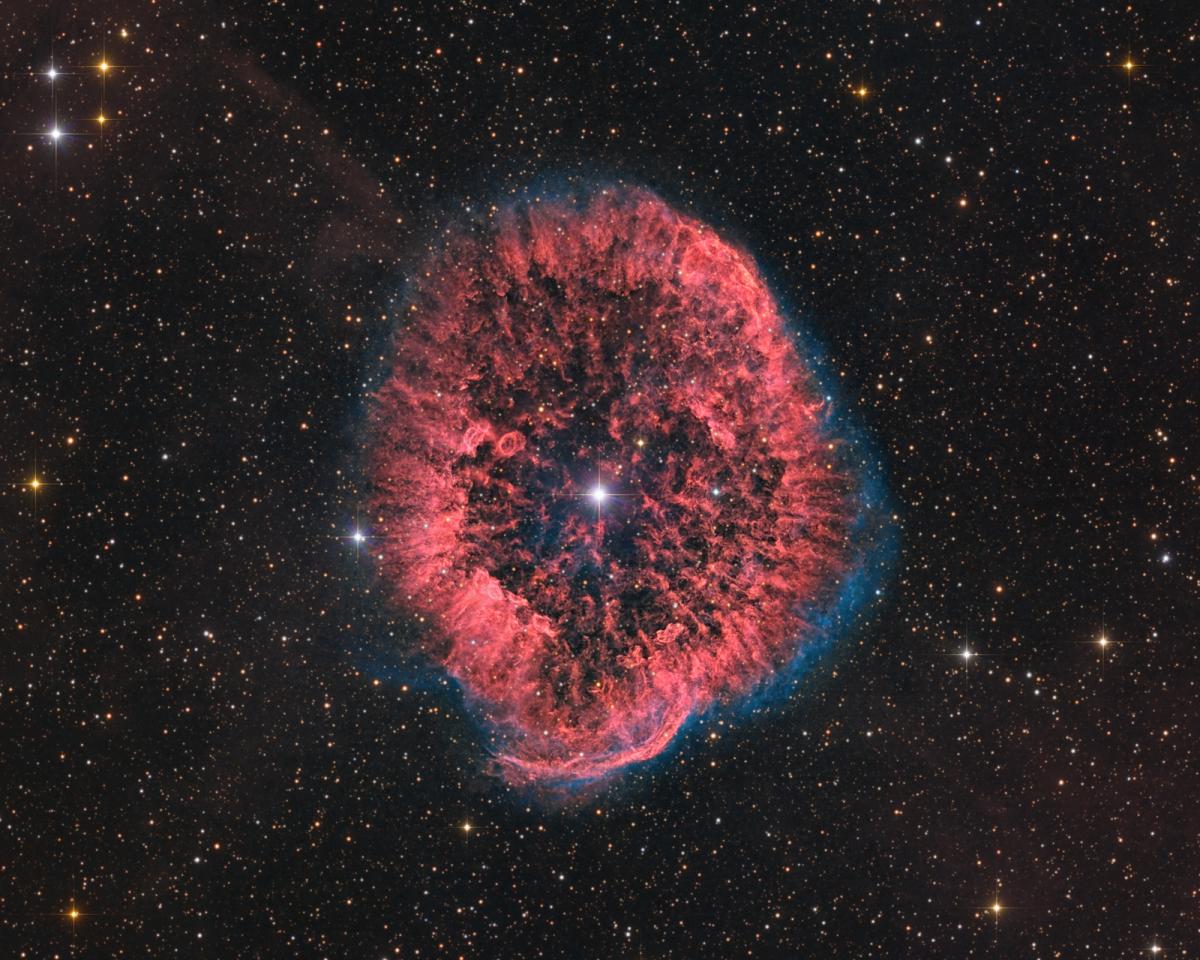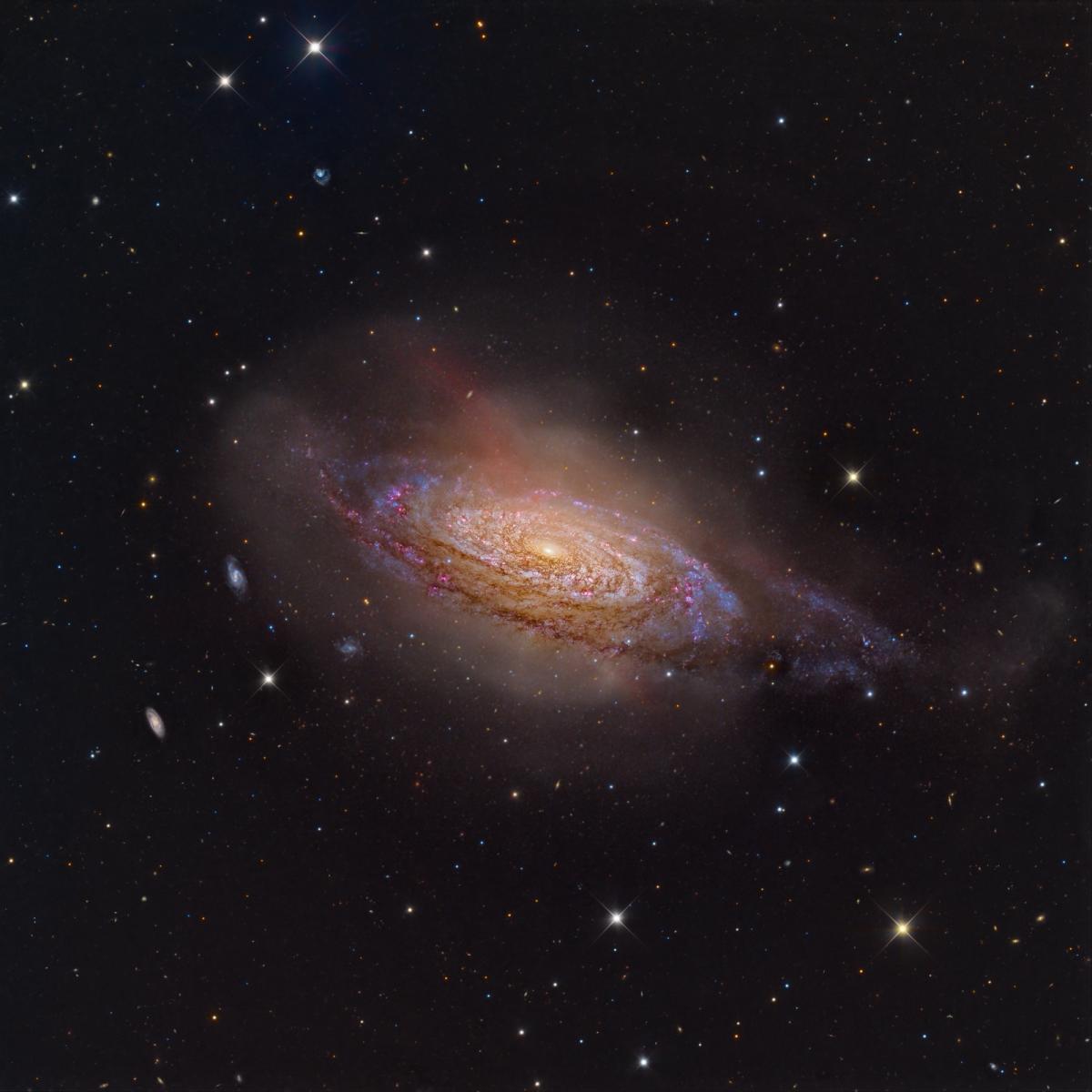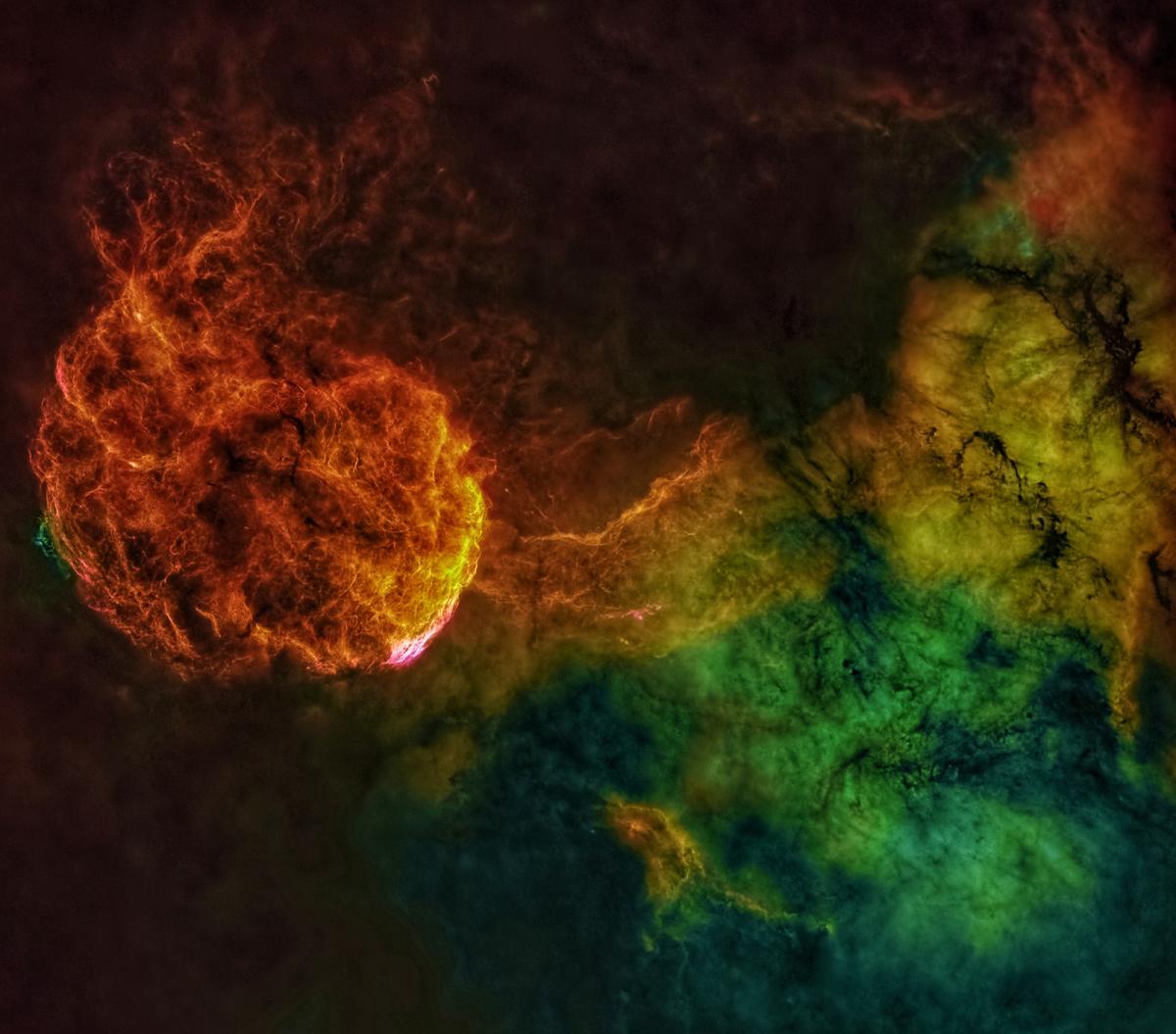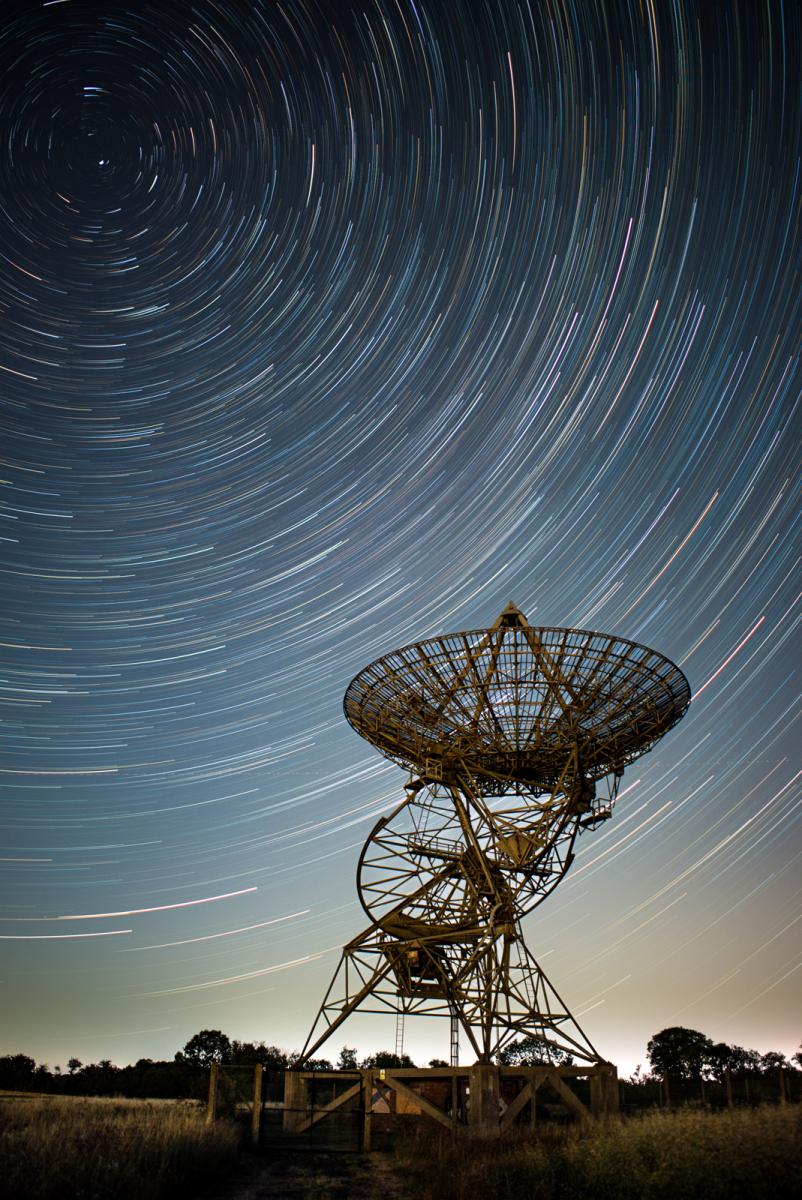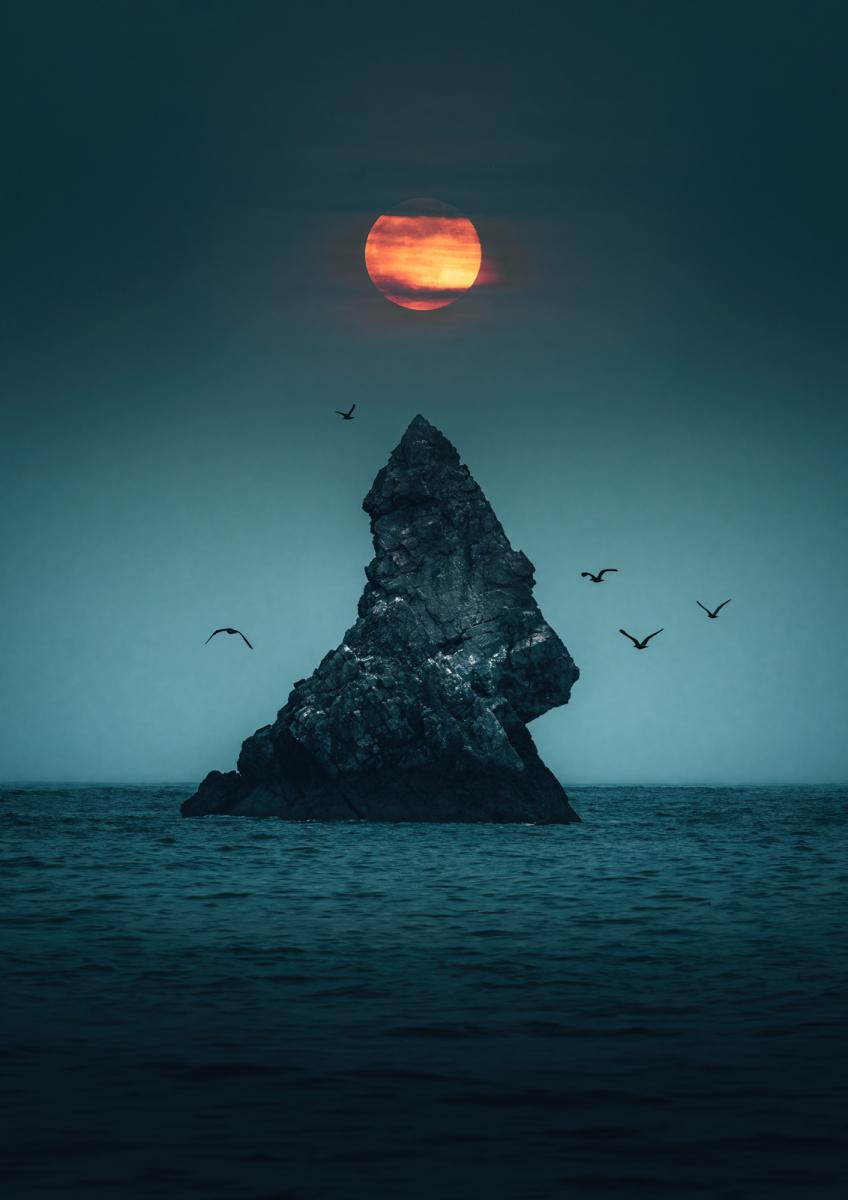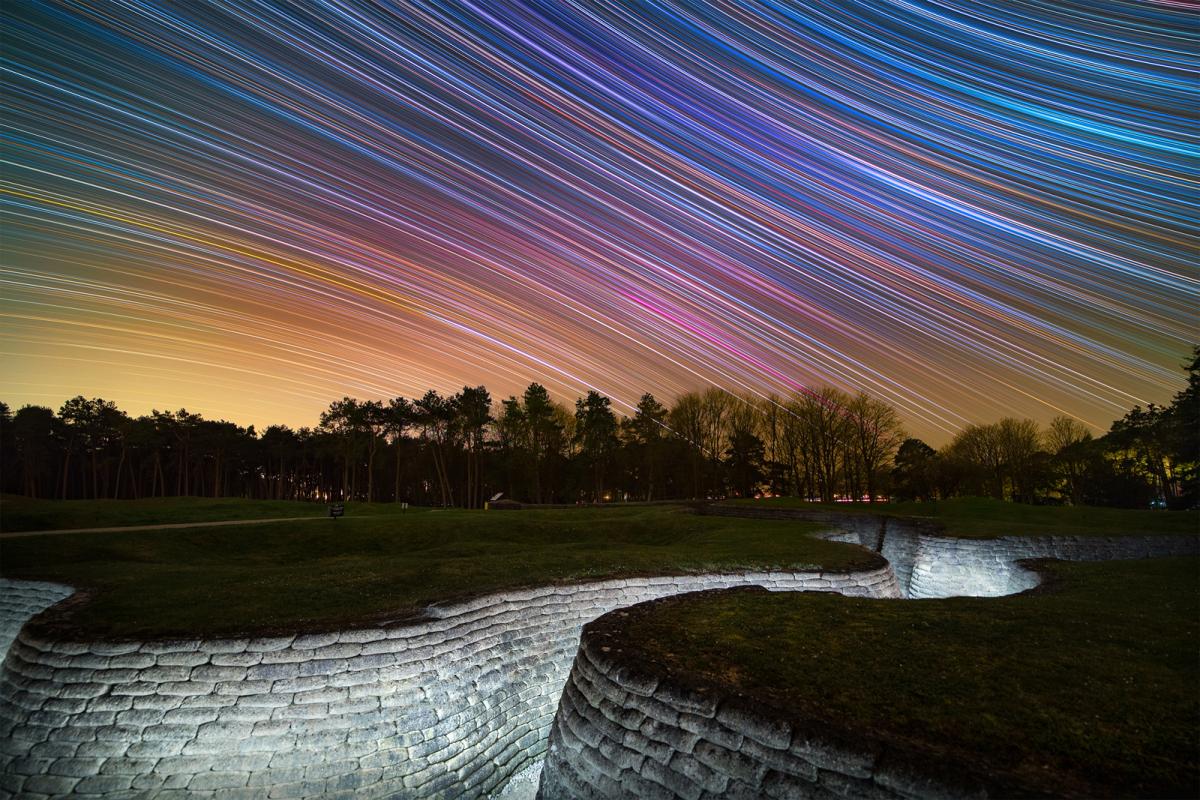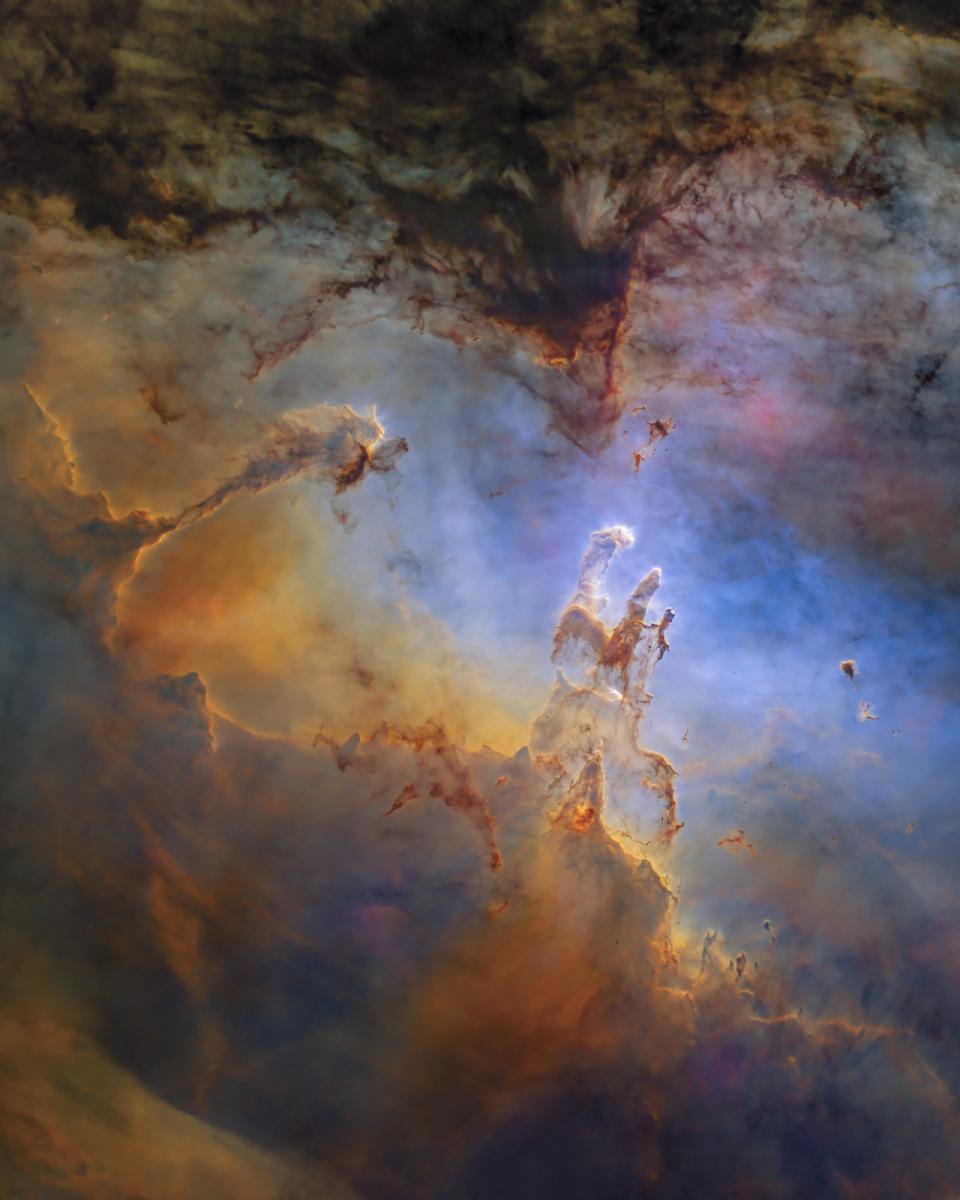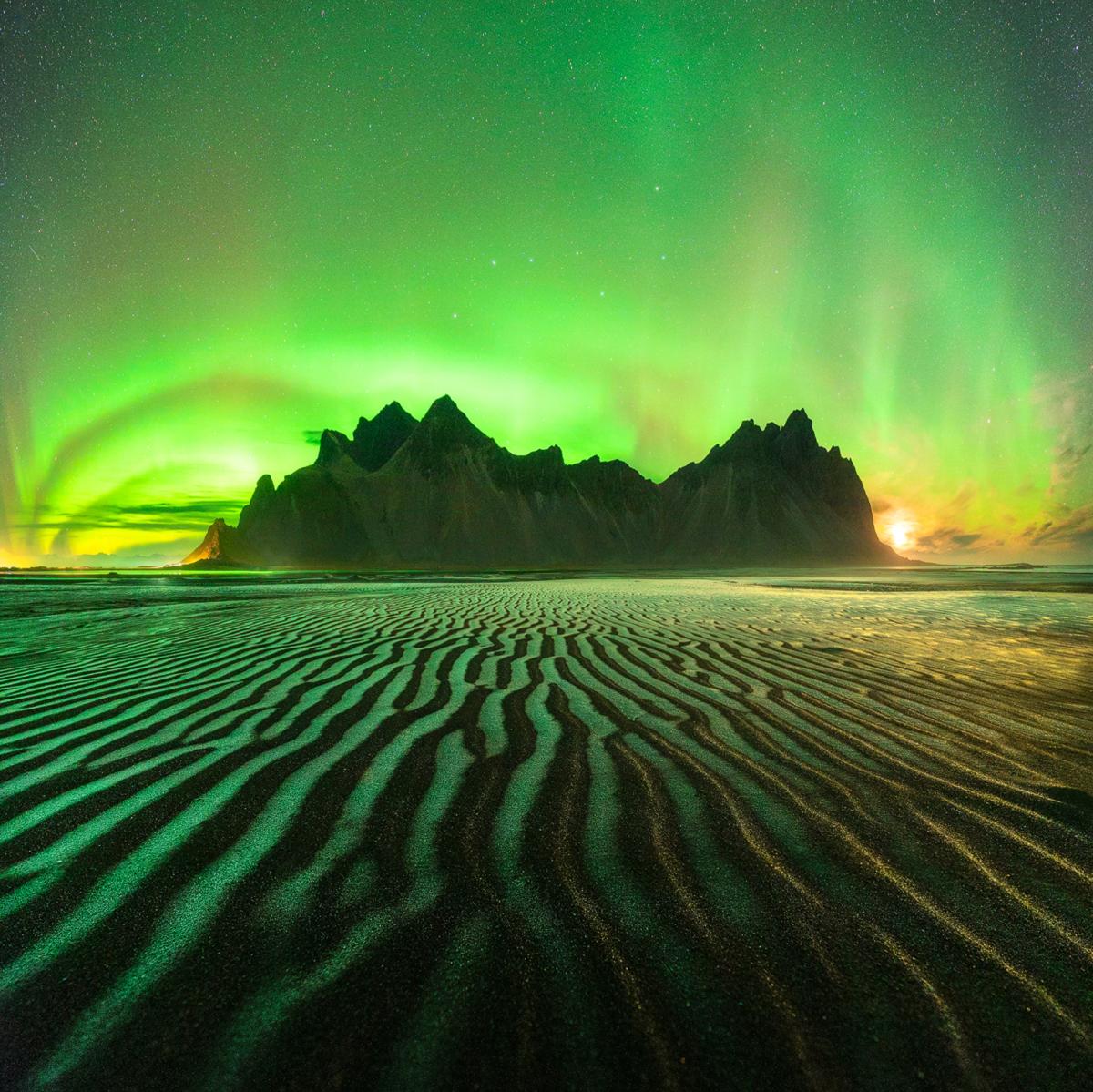One of these 19 amazing night sky images will win 2023 Astronomy Photo of the Year
The Royal Observatory of Greenwich has released a shortlist of the top submissions, and the pictures are incredible.

The largest astrophotography competition in the world is wrapping up its 15th year. The contest’s officiating organization, the Royal Observatory of Greenwich, has released nineteen photographs officially in the running, one of which will be announced as the overall winner during a September 14 award ceremony.
In addition to the overall winner, the competition awards top photographers from nine different categories, and two "special prizes." The categories include Skyscapes, Aurorae, People and Space, Our Sun, Our Moon, Galaxies, Stars and Nebulae, Planets, Comets and Asteroids, and also an award for Young Astronomy Photographer of the Year. The special prize awards include the Sir Patrick Moore Prize for Best Newcomer, and the Annie Maunder Prize for Image Innovation.
Each year, the Royal Observatory of Greenwich assembles a panel of art and astronomy experts as judges for the competition. This year, they received over 4,000 entires from 64 different countries. The nineteen photographs below are the official shortlist of final contenders.
Related: Stunning image of Comet Leonard breakup wins top astronomy photography prize of 2022
Sperrgebiet by Vikas Chander
Vikas Chanser took this photograph at an old diamond mine in the Namibian desert. “Sperrgebiet” is German for “restricted area”. In Chander’s entry, he explains the German diamond-mining settlements in Namibia during the early 1900s. “When the Germans eventually left ghost towns remained, which are still preserved in their natural state although in an advanced state of neglect and rot,” Chander says. His photo features a decayed processing plant from that era.
Ball of Rock by Rich Addis
That’s no moon…it’s two moons! Rich Addis’s “Ball of Rock” photograph features two images of the moon blended together. One of the lunar shots is during one of the moon’s partial phases, and is only 78 percent illuminated. That image is blended with a shot of the full moon, creating a dynamic shadow effect that gives the moon a more spherical, 3D appearance. “There are many images similar to this out there, but upon closer inspection, they often have duplicated features and are not as well matched,” Addis says, adding, “the image is a 22-panel mosaic. Each panel is 400 frames stacked and manually stitched together.”
The Great Solar Flare by Mehmet Ergün
Mehmet Ergün captured this stunning view of the sun using an H-alpha solar telescope. In it, a large solar flare streaks like a scar across the star’s left side, Solar flares are common, and occur as eruptions of magnetic energy shooting from the sun’s surface. According to Ergün, the large solar flare pictured here measures over 430,000 miles (700,000 kilometers). That more than fifty times larger than Earth.
Breaking space news, the latest updates on rocket launches, skywatching events and more!
RCW58: Wolf Rayet Bubble by Mark Hanson and Mike Selby
This ultra-crisp starburst from astrophotographers Mark Hanson and Mike Selby is what’s known as a Wolf Rayet (WR) Bubble. These rare phenomena form around WR stars, which are low in hydrogen and contain a heavy element presence on their surface higher than most stars. The star photographed here, WR 40, is seen in the center of its surrounding nebula, formed by its own ejecta. "This just looks like you can hear it sizzling,” the astrophotographers said.
C/2021 A1 (Leonard) In Sky of Israel by Alex Savenok
Alex Savenok’s photograph captures a comet in the skies above Israel’s Negev desert. The comet, C/2021 A1 (Leonard), made a close approach to Earth in 2021 and 2022, and captivated stargazers as it graced the night sky. Savenok’s shot of Comet Leonard shows it hanging above the rocky mountain terrain of the Negev, just as the sun sets. The faint glow of the stars in the background adds to the sense of awe and wonder, creating a truly breathtaking, peaceful, otherworldly scene,” Savenok said.
NGC 3521: Marquise in the Sky by Mark Hanson and Mike Selby
Another stunning photo from Hanson and Selby, the NGC 3521 spiral galaxy is shown shining from 35 million lightyears away. It is unique among its galaxy family for having less defined arms, typically observed with spiral galaxies. NGC 3521 can be found in the constellation Leo. In the photographers’ own words, ”surrounded by dust, the galaxy has numerous star-forming areas and a luminous centre. The dust bubbles are likely to be from encounters and mergers long ago with satellite galaxies. There are also rarely seen Hydrogen Alpha jets emanating from this galaxy.”
Green Snakes by Filip Hrebenda
"It doesn’t matter how many times I see the aurora, it fascinates me as if I were seeing it for the first time,” says FIlip Hrebenda. Hi photograph of the green-shaded aurora borealis is aptly named. The shade paints the sky with curvy serpents of light, reflected in the streams in the foreground. Hrebenda captured this picture at Vikten beach, Loften Islands, Norway. The image is a composite featuring six stacked foreground shots and the aurora photo.
Pandora's Box by Derek Horlock
The mural in the foreground of Derek Horlock's photo is by a Balinese artist 'Wild Drawing,' and features a painting of Pandora, of ancient Greek myth. Horlock's juxtaposition of Pandora, seemingly peaking out at the Milky Way serves as a hat-tip to an upcoming satellite, also named Pandora. When it launches, Pandora's mission is to search for signs of life in other solar systems. "The moral of Pandora's Box suggests that curiosity could be dangerous, and some things are best left alone. However," Horlock says, "[NASA] are not going to be dissuaded by the myth."
Jellyfish Nebula by Peter Larkin
This photograph of the Jellyfish Nebula from Peter Larkin was created using a stack of images taken with different filters to capture the nebula using a variety of spectral perspectives. The technique highlights details otherwise invisible to the human eye. Larkin told the Royal Observatory of Greenwich, "I had a stretch of clear skies and started with H-alpha, then OIII (Oxygen III narrowband filter) and finally SII (sulfur II emission filter) from my garden close to Geneva, Switzerland. Once I had enough data, I went through each sub individually and removed any which weren't visually perfect."
Radio Polaris by João Yordanov Serralheiro
A deactivated radio telescope antenna sits in a field in front of a swirl of stars at Millard Radio Astronomy Observatory, in Cambridge, photographed using a remote shutter in 30-second intervals, and stacked by João Yordanov Serralheiro. This was Serralheiro’s first successful attempt at creating a star-trail image.
Dune by Burak Esenbey
Burak Esenbey shot this photo in Egypt’s White Desert. The edge of the sandy dune stretches to the center of the image and ends just below the photo’s brightest point: Venus. The arch of the Milky Way hangs above. "Dunes are the reason I love to shoot in the desert. Leading lines and structures are what you need, as well as an excellent sky quality,” Esenbey says.
A Rocky Rise by Carl Evans
Carl Evans shot this full moon photo from Broadhaven, Pembrokeshire. The outcropping in the middle is known as Church Rock. The image consists of two photos stacked to show the moo through the clouds and the birds in flight around Church Rock. "I stood on the beach at Broadhaven for a couple of hours waiting for the Moon to rise. The clouds initially hid the Moon and as I was walking away it appeared among the clouds, adding a nice effect over it," Evans said of the photoshoot.
Solar Flare X1 from AR2994 in 'Motion' by Miguel Claro
A good photography app comes in handy, and Miguel Claro cites a notification he received from SpaceWeatherLive for alerting him to the solar flare he was able to capture. X-class solar flares are the largest, and as its name suggests, Solar Flare X1 from AR2994 was a whopper. Claro shot this image from the Dark Sky Alqueva region, Évora district, Portugal while testing out a new camera. "I had to immediately change my initial plans and pointed the telescope as quickly as possible to the limb where the flare departed from sunspot AR2994, already hidden behind the edge of the sun," Claro said. His quick framing paying off, Claro was able to shoot a 27-minute time-lapse of the event.
Celestial Equator Above First World War Trench Memorial
To capture this image, Louis Leroux-Gere slept overnight in the recessed trenches of the Canadian National Vimy Memorial, in France. The memorial remember World War I service members from Canada. Leroux-Gere says, “I slept in those trenches while my camera captured the rotation of the sky and was absolutely amazed by the stars.”
Crescent Moon in a Magical Sunset by Eduardo Schaberger Poupeau
For his submission, Eduardo Schaberger Poupeau describes the sunset on the day he shot his photograph. "The sky gave us an impressive spectacle: the clouds seemed to turn into flames with a very intense red colour. This magical moment was enhanced by the presence of the crescent Moon with 16% of its surface illuminated." The image was created from the separate exposures, and stacked in photoshop to increase the photo's dynamic range.
Starless Pillars by Jason Guenzel
The Eagle Nebula, home to the famous 'Pillars of Creation', from the Hubble Space Telescope, is nearly 7,000 lightyears away, and measures 70 light years across. This image of the giant stellar nursery was captured by Jason Gunnel, who used narrowband filters to accentuate layers of ionized gasses within the nebula. Noticeably absent from this stellar nursery image are the stars themselves. Guenzel removed the stars during photo post-processing in order to "let the eye wander unimpeded through the layers of nebulosity." He calls the finished piece "abstract art of the Cosmos."
The Milky Way by Kush Chandaria
A brilliantly vivid image of our galaxy, the Milky Way, shot by Kush Chandaria from the Okavango Delta, in Botswana. In his submission, Chandaria talks about being able to see the Milky Way with his own eyes for the first time, and the tragedy of increasing light pollution. There are many locations throughout the world untouched by light pollution, called Dark Sky zones. Unfortunately, the lights of growing cities make these areas fewer and fewer. "I can only hope that in capturing this image I can share the same feeling of amazement that I felt when I looked up at the sky that night," Chandaria said.
Cassinified Pluto by Sergio Díaz Ruiz
Sergio Diaz Ruiz took inspiration for his submission from "Carte de la Lune," a depiction of the moon from Jean-Dominique Cassini, the seventeenth century Italian astronomer for whom the Cassini probe is named after. With his image, Díaz Ruiz says he tried to answer the question, "what if Cassini could see this remote new world with his own eyes?" Díaz Ruiz used images of Pluto provided by the New Horizons probe, and rendered it in the likeness of Cassini’s Carte de la Lune, and enhanced to emulate engraving textures. Díaz Ruiz went so far as to apply the exact color pallet from Cassini's work to his image, which was provided by the Library of the Utrecht University.
Emerald Roots by Lorenzo Ranieri Tenti
Iceland's famous Vestrahorn Mountain rises from the wavy black sands of a Stokksnes peninsula beach, in Iceland, glowing in greens and pale yellows beneath the blazing aurora arched in the sky beyond the mountain. Lorenzo Ranieri Tenti has captured the rising moon, to the right of Vestrahorn, in his vertical panoramic photo, which he stacked to draw focus to the mountain and foreground. "I love how the 'Green Lady' lights up the frost with green while the rising moon makes ripples in the sand shine like gold," he said.

Josh Dinner is the Staff Writer for Spaceflight at Space.com. He is a writer and photographer with a passion for science and space exploration, and has been working the space beat since 2016. Josh has covered the evolution of NASA's commercial spaceflight partnerships and crewed missions from the Space Coast, as well as NASA science missions and more. He also enjoys building 1:144-scale model rockets and human-flown spacecraft. Find some of Josh's launch photography on Instagram and his website, and follow him on X, where he mostly posts in haiku.
